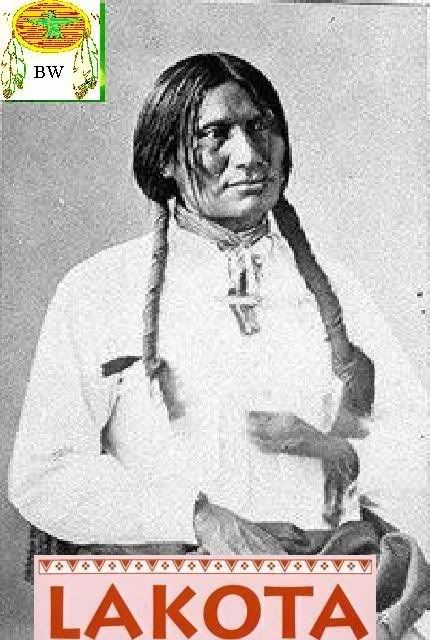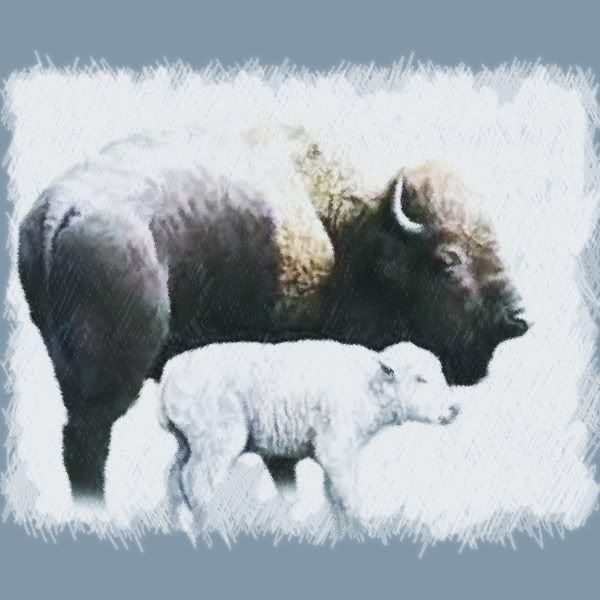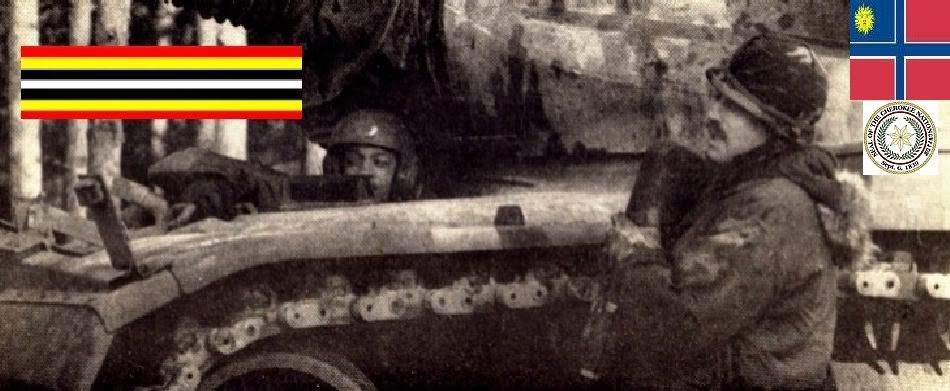|

Chief Big Foot
Warriors Citation
(18??-1890)
As the leader of the Miniconjou band massacred at Wounded Knee Creek on December 29, 1890, Big Foot haunts the history of
the American West, an image of brutal death "drawn," as N. Scott Momaday has written, "in ancient light." Big Foot and his
people lived on the Cheyenne River Reservation in present-day South Dakota and were among the most enthusiastic believers
in the Ghost Dance ceremony when it arrived among the Lakota in the spring of 1890. The hunger and misery that had followed
the final break-up of their great reservation in 1889 made the Lakota keenly receptive to the Ghost Dance message of messianic
renewal, and the movement swept rapidly through their encampments, causing local Indian Agents to react with alarm. Some effectively
suppressed the dancers, others called for troops to restore order. At the Standing Rock reservation, where Sitting Bull was
suspected of encouraging the Ghost Dance in order to provoke an uprising, the crisis led to bloodshed when Indian police sent
to arrest the aging holy man killed him in a confrontation with his followers. Fearful of reprisals, many from Sitting Bull's
band fled south where they found a haven with Big Foot.

Big Foot decided to lead his people away from the possibility of further violence at neighboring Standing Rock and headed
farther south toward the reservation at Pine Ridge, hoping to find safety there. Increasingly ill with pneumonia, he had no
intention of fighting and was flying a white flag when soldiers patrolling for roving bands caught up with him on December
28, 1890. That night Big Foot and his people camped near Wounded Knee Creek, surrounded on all sides by soldiers. The next
morning, the soldiers set up several large Hotchkiss guns on a hill overlooking the camp and began confiscating the Indians'
weapons. When a gun accidentally went off, they opened fire, and within a few minutes, some 370 Lakota lay dead, many of them
cut down by the deadly Hotchkiss guns as they sought shelter against a creek bank. The soldiers even pursued fleeing women
and children, shooting some as far as two miles from the site of the original confrontation. One Native American witness remembered:
A mother was shot down with her infant; the child not knowing that its mother was dead was still nursing... The women as they
were fleeing with their babies were killed together... and after most of them had been killed a cry was made that all those
who were not killed or wounded should come forth and they would be safe. Little boys... came out of their places of refuge,
and as soon as they came in sight a number of soldiers surrounded them and butchered them there. Big Foot himself was among
the first killed. His frozen corpse, half raised as though trying to warn his people of their imminent disaster, lay untouched
for three days until it was unceremoniously dumped into a mass grave. From: historical accounts & records


LINK TO BRAVEHORSE WARRIORS VOLUME TWO
|

